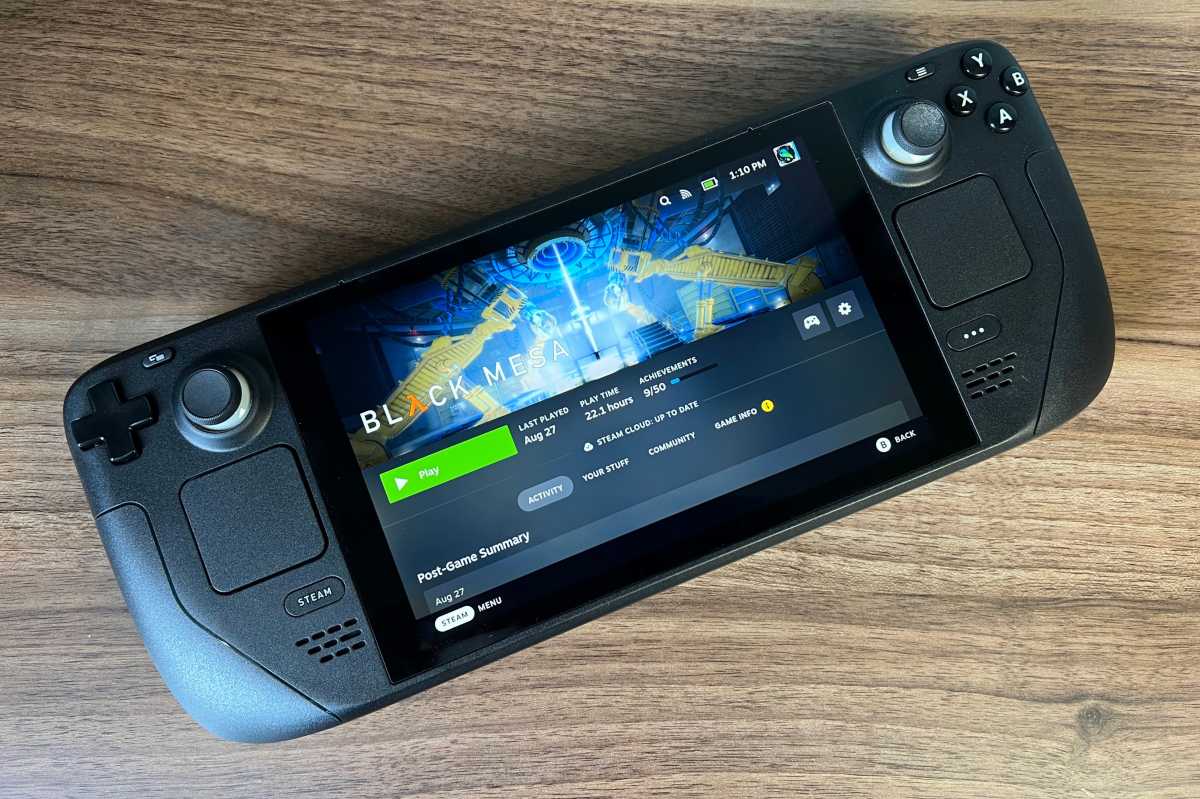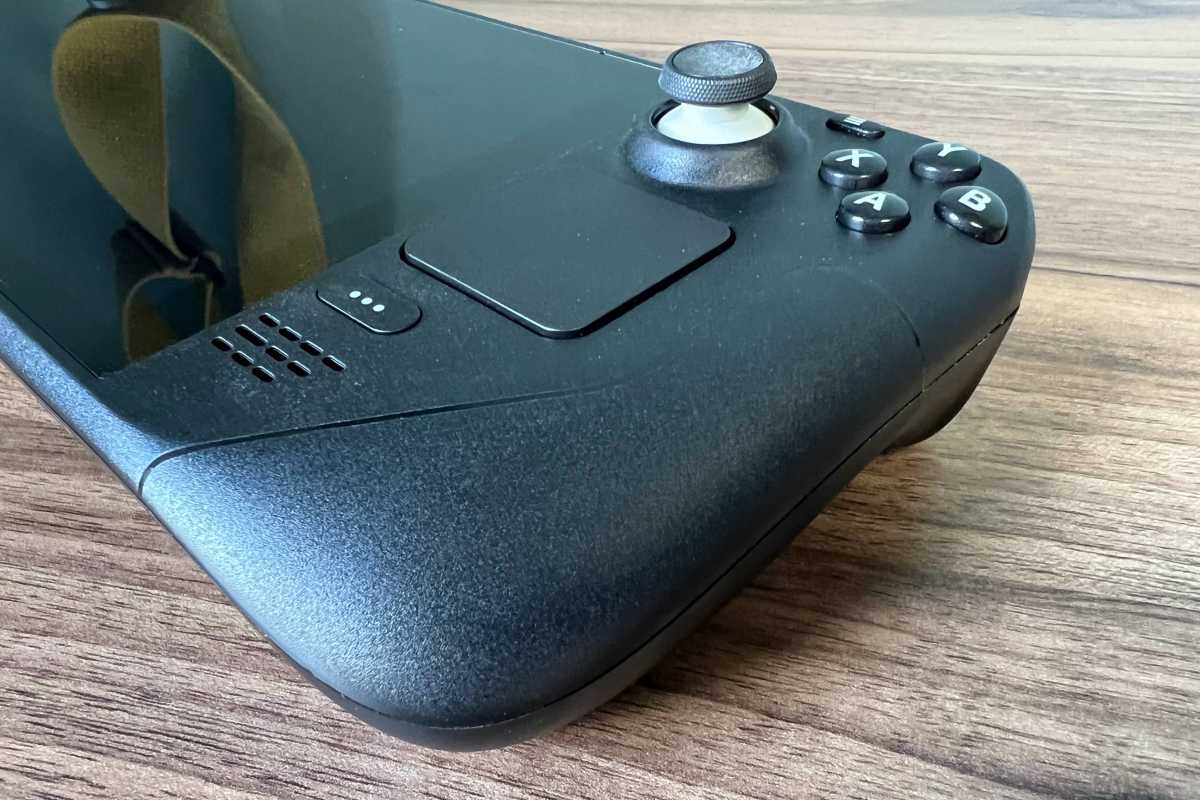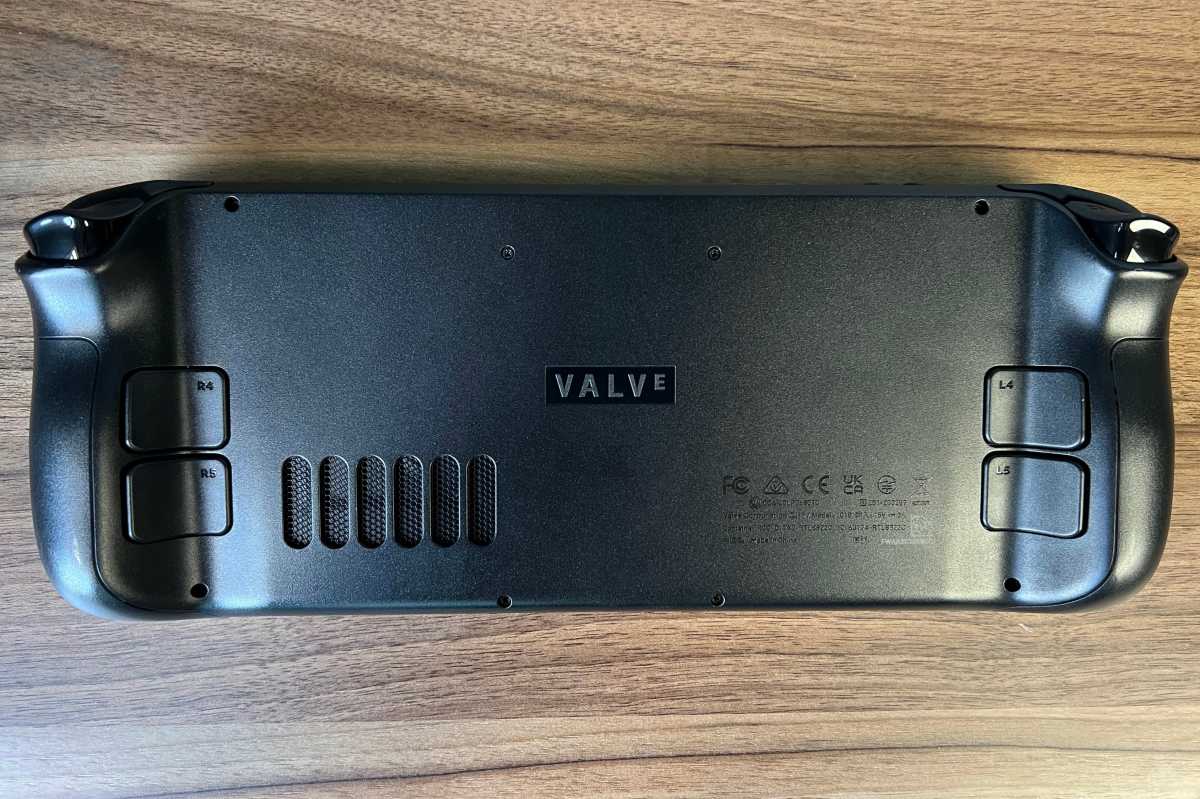Steam Deck 2 wishlist: What we want from Valve's next-gen handheld

 Image: Valve
Image: ValveWhile Valve is still working on fulfilling Steam Deck orders for folks who reserved one last year, it’s not too early to start thinking about a potential Steam Deck 2.
After all, Valve itself has confirmed that new Steam Decks are coming, referring to the handheld gaming PC as a “multi-generational product line” with “improvements and iterations to hardware and software.” And although I’m personally a satisfied Steam Deck user, I can imagine plenty of ways in which Valve might improve the hardware in future versions.
So let’s indulge in a bit of wishful thinking. Based on my experience with the Steam Deck so far, here’s what I’d love to see in next-generation Steam Deck hardware:
The basic stuff

Jared Newman / Foundry
Jared Newman / Foundry
Jared Newman / Foundry
Let’s get the obvious improvements out of the way first: A next-generation Steam Deck should be faster, more battery efficient, and perhaps a bit smaller and lighter.
This may seem like no small feat given what Valve has achieved with its existing hardware—it’s a portable gaming PC that flawlessly runs Elden Ring, after all—but keep in mind that the Deck’s custom AMD APU is based on Zen 2 architecture dating back to 2020. A jump to Zen 3+ (or even Zen 4) seams feasible and would give future Steam Decks room to improve both performance and battery life.
Improved thumbstick ergonomics

Jared Newman / Foundry
Jared Newman / Foundry
Jared Newman / Foundry
When I’m holding the Steam Deck, my thumbs always want to rest slightly outside the space where the actual thumbsticks reside, closer to my hands. Although game controller comfort can vary from one person to the next, I suspect anyone who’s accustomed to holding an Xbox controller will feel the same way.
The challenge for Valve will be to improve its thumbstick positioning without eliminating its trackpads, which can be useful for mouse-controlled games and desktop mode. But if Valve is refreshing its hardware design around a new processor, it may have a chance to improve the ergonomics as well.
Better screen(s)
The current Steam Deck’s display is the one thing that truly screams “first-generation product.” While it’s certainly bright enough, and the resolution of 1280×800 looks adequately sharp on a 7-inch display, the screen is marred by several patches of light bleed around the edges, and contrast levels could be better.
A higher-quality LED screen—or better still, an option for OLED—should be high on Valve’s priority list for future Steam Decks. While we’re at it, let’s see Valve include a scratch-proof coating on all models, not just the priciest one.
Easier battery repair

Jared Newman / Foundry
Jared Newman / Foundry
Jared Newman / Foundry
Valve has done an admirable job supporting Steam Deck repairs, partnering with iFixit to offer replacement parts and do-it-yourself repair guides.
So it’s a letdown that the Steam Deck’s battery—arguably the main thing you’ll want to swap out in the future—is difficult to remove due to the amount of adhesive holding it down. The Steam Deck 2 should have a battery replacement process that doesn’t require a heat gun.
More color options
Poke around the Steam Deck subreddit, and you’ll find some beautiful examples of people customizing their handhelds with aftermarket stick-on skins—along with some complaints about the annoyances of applying said skins.
Valve can be forgiven for offing only boring black plastic in the Steam Deck’s first iteration, in which hardware supply was constrained enough as-is. But for future models, let’s see Valve branch out into more color options that give the Steam Deck some extra character without the careful application of stickers.
An extra MicroSD slot

Jared Newman / Foundry
Jared Newman / Foundry
Jared Newman / Foundry
This one’s probably a reach, but having a second MicroSD card slot would come in handy for folks that want to dual-boot a second operating system such as Windows on the Steam Deck. That way, you could use one card slot for your extra operating system and still have a slot to spare for extra game storage. (And even if you’re not dual booting, having two storage slots would be a simple way to expand your game library over time.)
A Switch-like form factor
Although Valve is working on a docking station for the Steam Deck—and you can already buy third-party docks on Amazon—the company should just go all-in on copying the Nintendo Switch with detachable gamepads as well.
The brilliant thing about the Switch’s Joy-Cons is that they make local multiplayer effortless, eliminating the need to shop for extra controllers. With Steam’s vast collection of couch co-op games, a Switch-like Steam Deck could instantly become the best party console around.
A straight-up game console
Perhaps the next Steam Deck shouldn’t be a Steam Deck at all, but rather a dedicated home game system based on Steam OS, one that can run the latest PC games without the limitations of portable hardware.
Yes, Valve has already tried to invade the home console market once with Steam Machines, and it was a colossal failure, but things have changed since then. Valve’s Proton compatibility layer has vastly increased the number of games that can run on SteamOS, and the company now has more hardware expertise to apply toward building its own console, rather than farming the job out to mostly disinterested PC makers.
At its core, the allure of the Steam Deck is about being able to extend your entire PC game library to more places. Now that Valve has built a viable portable, bringing SteamOS’s presence into the living room would be a natural next step.
Author: Jared Newman

Jared Newman has been helping folks make sense of technology for over a decade, writing for PCWorld, TechHive, and elsewhere. He also publishes two newsletters, Advisorator for straightforward tech advice and Cord Cutter Weekly for saving money on TV service.
Recent stories by Jared Newman:
Tune your gaming PC for the living room: 10 tips and tweaksDOS games on Steam Deck: Here’s the best way to do itMaster your Steam Deck with these 22 tips and tricks






